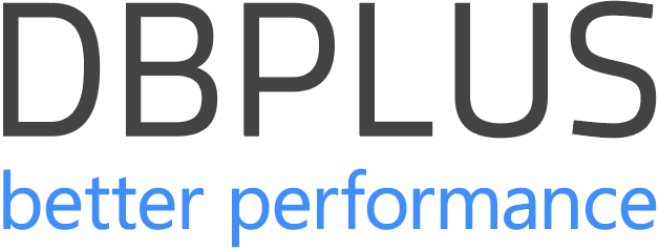Slash Your Cloud Database Bills: Proven Cost Optimization Tactics
Every silver lining has a cloud database, and in this case, it’s the bills that thunder down post-deployment. Indeed, 61% of enterprises chant the mantra of cost optimization, though the costs of cloud computing often spiral higher than expected.
What exactly is cloud database cost optimization? It’s our sherpa guiding us through the financial fog, ensuring we’re not pouring funds into the cloud abyss unnecessarily. It’s about fine-tuning our resources, so we pay only for the computing muscle we flex, ensuring our cloud ventures are both lean and mighty.
What’s New in DBPLUS Performance Monitor 2024.3
In the latest update of DBPLUS PERFORMANCE MONITOR, version 2024.3, we’re rolling out exciting enhancements and brand-new features. All are designed to elevate your database monitoring and management capabilities to the next level.
From real-time online monitoring improvements to smarter notification systems, we’re excited to walk you through what’s new, what’s better, and how these changes can make a big difference in managing your databases.
ORA-00600 Exposed: Understanding and Resolving Oracle’s Internal Error Code
The ORA-00600 error presents itself as a catch-all for a variety of unforeseen conditions that the Oracle database software cannot process normally. While not quite the apocalyptic “kiss of death,” it is certainly viewed with a mix of dread and resignation. It is Oracle’s not-so-subtle way of throwing up its digital hands and admitting that something has gone awry. And that something, wasn’t a thing that Oracle had every anticipated.
It could be said that encountering an ORA-00600 is a bit like hearing ominous rumbles from your car’s engine right after you’ve bragged about its reliability.
Database Security in the Era of IoT and Edge Computing
Every refrigerator, smartwatch, or industrial sensor that connects to the internet streamlines our lives, Yes, that’s true. However, by doing so, they also add to the growing pile of concerns in regard to database security. As we integrate more devices and decentralize data processing, the potential for breaches expands exponentially. This seismic shift demands a reimagined approach to security. One that transcends conventional methods and addresses the issues of protecting data. Even among the expanse of IoT devices and edge nodes.
On-site Database Events to Attend in 2025
From Wales to London, Orlando to Stockholm, and beyond, 2025 promises a smorgasbord of data-driven sagas across various locales. Here’s a peek at the not-to-miss database events set to sprinkle some intellectual stardust on your next year’s calendars.
Through Data Reliability: What is ACID When it Comes to Databases?
What is ACID when it comes to databases? Atomicity, Consistency, Isolation, and Durability are the pillars that keep database transactions from descending into chaos. These properties form the foundation of reliable database systems, ensuring that every operation follows the rules. That’s how we can handle every failure with precision, and leave no transaction incomplete or in a corrupt state. Without them, the data world would be a mess of half-executed actions, inconsistent records, and data loss that could bring even the simplest system to its knees.






